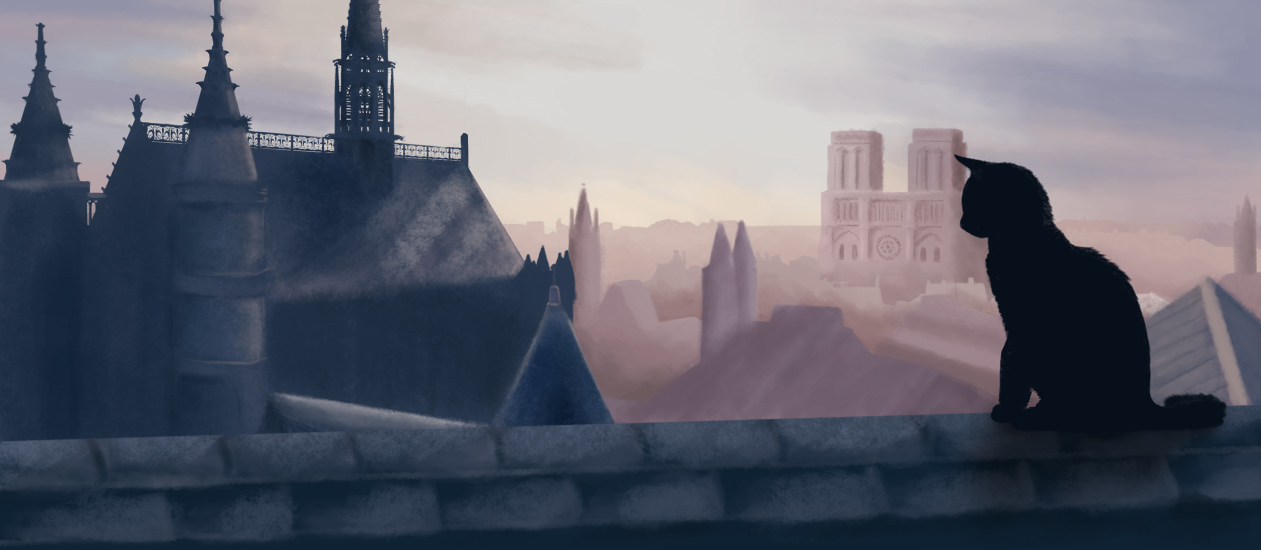Path Carriage
It's the fastest, most premier method of travel in Europe!
The Geistwegwagen (From the Almain Geistwege, "ghost paths", and Wagon, "carriage") was developed in the 1730s by Almain engineer Balthasar Stahler. Stahler resided in Mannheim, but frequently travelled to visit family in Freiburg. Due to the shape of the Rhine Valley, this route coincided with a ghost path, as former residents of the area funneled through the valley on their way to the nearest gateway to the afterlife. Stahler observed charging pathstones hung along the path to absorb vesanmer and on one such journey, began to wonder why he was being dragged along by an old horse when an existing power source was right there.
Over the next two years, Stahler developed a transportation system that took advantage of the power already being generated by ghosts along the paths. By attaching a pathstone to the underside of a vehicle, it could hit copper wires running out from the path where the power was being generated. The wire striking the pathstone would give it a burst of energy, which turned the wheels of the coach.
His original design featured an ordinary coach with wooden wheels. A major drawback to the initial design, which ran only between Mannheim and Freiburg, was that the vehicle would gradually slow down until hitting the next wire, giving it a very start-and-stop momentum. Another problem in the original design was that the vehicle needed to be carefully steered to make sure it hit the next wire and remained on course.
Stahler solved this problem by adding an iron track, with matching iron wheels. To test his system, Stahler famously travelled from Freiburg to Mannheim all by himself, sitting in the back of the coach with a book while his track system automatically guided the coach to his destination. What used to be a week-long journey by horse drawn wagon can now be completed in just a few short hours.
Subsequent Developments
Unfortunately for Stahler, his invention did not bring him the wealth and glory he hoped. He was an engineer by trade, and thus not a member of La Société Royale de l'Alzamastrie, the French society which functions as the global overseeing body into alzamatric research. Further, he was a citizen of Almany, a nation not formally recognized by France.
Thus, his advancements in alzamastry were copied with no credit or recognition given by members of the society. They used the backbone of his idea to create a network of tracks throughout France and beyond, along any pathway that had enough ghost traffic to support a vehicle. In 1753, King Louis XV created the Royal Transportation Authority to oversee the construction and development of carriage paths within France.
Subsequent path tracks improved upon Stahler's design by spacing wires more regularly along the path, as well as connecting them to pathstones buried along the paths to hold energy, so that a carriage could run even if no ghosts were currently making their way along the path. The more regular wires meant that carriages didn't have time to begin slowing down before getting another burst of energy, making the ride smoother.
Another advancement was the creation of carriage trains, with many carriages hooked together. Only the lead carriage had a pathstone on the underside to receive energy, and it dragged the others along behind it. The longer these trains, the slower the vehicle due to the extra weight. Therefore, while the original single-carriage vehicles were comfortably boxed in with roofs, windows, and padded seats, longer trains did away with luxury and dragged trains of simple wooden carts for low-budget travellers or freight.
Spread
By the end of the 18th century, path carriages have spread throughout Europe, especially in the west. They are more common in areas with particularly busy paths. Due to the nature of their power source, the path carriages can only run parallel to existing death pathways. To travel long distance to a location away from a path, passengers select whatever route will get them closest to the destination, and then take traditional horse-powered vehicles from there.
Price
Varies based on class. Riding in a cart in a long wooden train from Paris to Tours costs ~5 livres. The same journey in a luxury single carriage costs ~ 2 louis
Rarity
Commonly seen in western Europe anywhere with a death path.
Speed
A single carriage running alone can travel at around 50 miles per hour. A carriage pulling a long train of carts or heavy freight moves closer to 20 miles per hour
Complement / Crew
Only 1 operator is needed to maintain the carriage, though freight trains carry many extra hands to load and unload cargo and defend against bandits.


